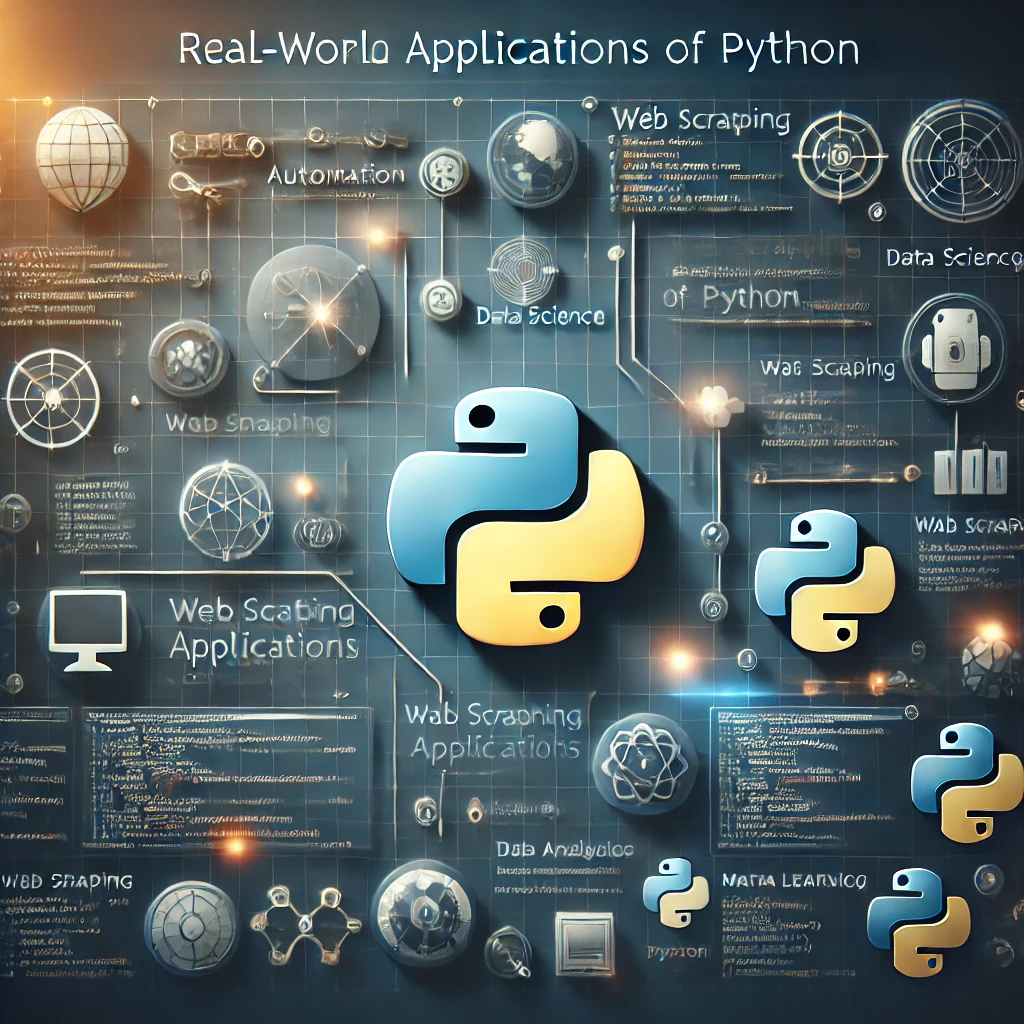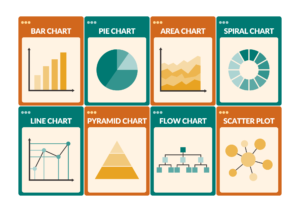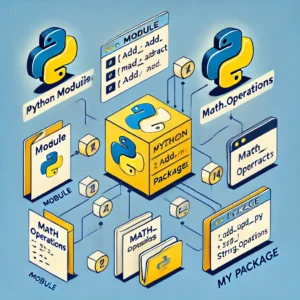Python Use Cases in Multiple Fields
Python is one of the most popular and versatile programming languages, known for its simplicity and power. From web development to artificial intelligence, automation, and data science, Python has become the backbone of various innovative technologies and solutions. This blog delves into real-world use cases of Python and why it remains the preferred language for millions of developers across the globe.
Why Python ?
Before we dive into the specific use cases, let’s understand why Python has emerged as a favorite among developers:
- Simplicity: Python’s easy-to-read syntax makes it accessible even for beginners.
- Flexibility: Python can be used for a wide range of tasks, including web development, automation, and data analysis.
- Vast Library Support: With an extensive range of libraries like NumPy, Pandas, TensorFlow, and Flask, Python extends its functionality for almost any project.
- Open-source: Python is free to use and supported by a strong community.
- Cross-Platform Compatibility: Python works seamlessly across different platforms like Windows, macOS, and Linux.
With these features, Python has become indispensable in various industries. Let’s explore its real-world applications.
1. Web Development
One of the most popular use cases for Python is in web development. Python frameworks like Django, Flask, and Pyramid are widely used to build robust, scalable, and secure web applications.
- Django: A high-level web framework that encourages rapid development with a clean and pragmatic design. It’s used by major platforms like Instagram, Pinterest, and Spotify.
- Flask: A micro-framework that offers simplicity and flexibility, allowing developers to build lightweight web applications.
Use Case Example: YouTube is a great example of a web platform that uses Python. Its scalability and support for large data sets make Python a key part of YouTube’s functionality, handling millions of daily users.
2. Data Science and Analytics
Python has established itself as a dominant language in data science and analytics due to its ease of use and comprehensive libraries. Whether it’s data manipulation, visualization, or statistical analysis, Python is the go-to language.
- Pandas: For data manipulation and analysis.
- NumPy: For numerical computing.
- Matplotlib: For data visualization.
- SciPy: For advanced scientific computing.
Use Case Example: Netflix uses Python for data analytics to drive its recommendation algorithm. By analyzing user behavior data, Python helps Netflix predict what movies or series a user might enjoy, contributing to personalized viewing experiences.
3. Artificial Intelligence (AI) and Machine Learning (ML)
Python’s role in AI and ML is groundbreaking. The language is widely used for developing algorithms that power machine learning models, deep learning networks, and artificial intelligence systems.
- TensorFlow and Keras: Frameworks that simplify neural network creation.
- Scikit-learn: A library for machine learning algorithms, from classification to regression.
- PyTorch: Another deep learning framework preferred by researchers.
Use Case Example: Tesla’s Autopilot is an example of Python-powered AI. By leveraging deep learning models, Python helps Tesla’s self-driving technology identify objects on the road, navigate traffic, and enhance autonomous driving safety.
4. Automation and Scripting
Automation is another area where Python shines. The language is excellent for scripting and automating repetitive tasks, making it a productivity booster for businesses and developers alike.
- Selenium: For automating web browsers and testing web applications.
- Beautiful Soup: For web scraping and extracting data from HTML files.
- PyAutoGUI: For automating GUI interactions.
Use Case Example: Python is widely used for automating server management tasks in IT departments. For instance, Python scripts can automate tasks like file backups, server health monitoring, and even more complex workflows like deploying code.
5. Game Development
Python is not typically the first language that comes to mind when you think of game development, but it has proven to be quite effective for prototyping and even full-scale game creation. Python frameworks like Pygame enable developers to create simple 2D games with ease.
Use Case Example: Eve Online, a popular MMORPG, used Python as its scripting language to manage in-game features, making it an essential part of the game’s architecture.
6. Financial Technology (FinTech)
Python is making waves in the FinTech industry due to its ability to handle complex mathematical computations, manage big data, and its flexibility in working with various APIs. It’s used for risk management, trade management, and developing financial algorithms.
- Quantlib: A Python library for quantitative financial analysis.
- TA-Lib: A technical analysis library used by traders and financial analysts.
Use Case Example: JPMorgan Chase uses Python for its quantitative finance applications, allowing them to manage risk, optimize portfolios, and process massive data sets for financial modeling.
7. Cybersecurity
Python’s simplicity and flexibility also extend into the cybersecurity domain. The language is used to build tools for vulnerability detection, malware analysis, and network traffic monitoring.
- Scapy: A Python library used for network packet manipulation and analysis.
- Requests: A library to interact with web servers and automate penetration testing.
Use Case Example: Python is employed in penetration testing to simulate cyberattacks and assess the security posture of systems. Automated Python scripts help identify vulnerabilities and prevent real-world cyber threats.
8. Robotics
Python plays a significant role in robotics programming, particularly when combined with hardware like Raspberry Pi. Python is used for robot programming and real-time data processing in robotics applications.
- ROS (Robot Operating System): A flexible framework for writing robot software.
- OpenCV: For computer vision tasks in robotics.
Use Case Example: Python is central to NASA’s robot software development. Robots like ROV-E, used in space exploration, are powered by Python, making it easier to handle computational tasks and interactions with hardware components.
9. Healthcare and Bioinformatics
Python is widely used in the healthcare industry for processing medical data, developing predictive models, and bioinformatics research. With Python, healthcare professionals can automate medical reports, analyze patient data, and even detect diseases using AI algorithms.
- Biopython: A collection of tools for biological computation.
- PyBrain: A library for machine learning in bioinformatics.
Use Case Example: IBM Watson uses Python for healthcare applications, particularly in the field of cancer research. Python helps power AI models that analyze vast amounts of medical literature and provide doctors with recommendations for patient treatment.
10. Internet of Things (IoT)
Python is becoming increasingly popular in IoT development due to its compatibility with various hardware and sensors. Python’s ability to interface with electronics and process data makes it a go-to language for building IoT applications.
- MQTT: A lightweight messaging protocol for IoT.
- Flask: A micro web framework for IoT devices.
Use Case Example: Python is used in smart home automation systems, such as those that control lighting, HVAC systems, and security devices. Python scripts enable seamless communication between IoT devices and cloud platforms, making homes more connected and efficient.
Conclusion
Python’s versatility and ease of use have led to its adoption across a multitude of industries, from web development and data science to AI, automation, and even robotics. Its extensive library ecosystem and active community support make it the perfect choice for developers looking to build scalable, innovative solutions. Whether you’re just starting out or are an experienced developer, Python offers the tools and frameworks necessary to succeed in today’s tech-driven world.
Python is used across various domains due to its versatility and ease of use. Common real-world applications include:
- Web Development: Using frameworks like Django and Flask.
- Data Analysis and Visualization: Libraries such as Pandas, NumPy, and Matplotlib make data manipulation and visualization easy.
- Machine Learning and AI: Python libraries like Scikit-learn, TensorFlow, and PyTorch are popular for building machine learning models.
- Automation: Automating repetitive tasks like file handling, web scraping, and more with tools like BeautifulSoup and Selenium.
- Game Development: Simple games and prototypes can be developed with Pygame.
Python is popular for data science and machine learning due to:
- Extensive Libraries: Python offers powerful libraries like Pandas, Scikit-learn, TensorFlow, Keras, and NumPy for data manipulation, analysis, and building machine learning models.
- Ease of Learning: Python’s syntax is beginner-friendly, allowing data scientists and machine learning engineers to focus on solving problems rather than worrying about complex code structures.
- Community Support: Python has a large and active community that contributes to open-source projects, offers tutorials, and provides a wealth of resources for learning.
Yes, Python is widely used for web development. Popular frameworks like Django and Flask provide robust tools for building scalable web applications. With these frameworks, developers can easily manage databases, handle user authentication, and create dynamic websites. Flask is suitable for small-scale applications, while Django is ideal for larger, more complex projects.
Python’s scripting capabilities make it an excellent tool for automating repetitive tasks. With libraries like os for file operations, BeautifulSoup for web scraping, and Selenium for browser automation, Python can automate tasks like:
- Renaming or organizing files.
- Scraping data from websites.
- Automating emails or reports.
- Interacting with APIs to gather information or trigger actions.
Python, along with libraries like Pygame, is often used for creating simple 2D games or prototyping game ideas. The advantages of using Python for game development include:
- Ease of Use: Python’s straightforward syntax allows developers to focus on game mechanics and logic rather than intricate code.
- Rapid Prototyping: Python enables quick development and testing of game concepts.
- Active Community: The Python gaming community provides a variety of tutorials, guides, and tools that can help both beginners and experienced developers.




